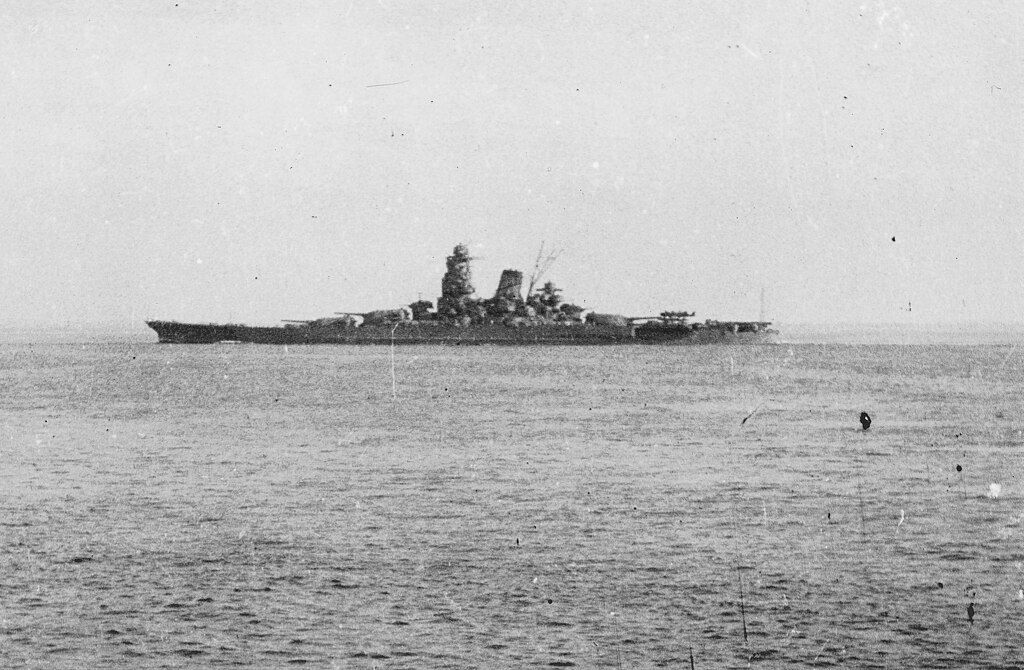October 17, 1944, saw the beginning of the Battle of Leyte Gulf, a critical moment in World War II’s Pacific theater. This naval battle, one of the largest in history, was a crucial turning point that paved the way for Allied forces to retake the Philippines and weaken Japanese maritime power.
Fun Facts:
- The Battle of Leyte Gulf, fought from October 17 to October 26, 1944, is considered one of the largest naval battles in history. It involved over 200,000 naval personnel from the United States, Japan, and their allies.
- The battle took place near the Philippine island of Leyte, as Allied forces, guided by the strategic brilliance of General Douglas MacArthur, sought to retake the Philippines from Japanese occupation. His leadership was instrumental in the success of this pivotal battle.
- It marked the first time that the Japanese Navy used kamikaze pilots in significant numbers, a tactic that would become more common as the war progressed. The bravery and sacrifice of these pilots, who added a new dimension to the intensity of the battle, should not be forgotten.
- Leyte Gulf was a decisive victory for the Allies, significantly weakening Japan’s navy and leaving them unable to mount large-scale naval operations for the remainder of the war.
- The U.S. Navy, under the leadership of Admiral William Halsey and Admiral Thomas Kinkaid, played a crucial role in the Battle of Leyte Gulf. Their combined efforts and strategic decisions contributed significantly to the overall success of the Allies, demonstrating the strength and unity of the Allied forces.
- This battle is mainly remembered for General MacArthur’s famous return to the Philippines, fulfilling his earlier promise, “I shall return,” when he had been forced to retreat in 1942.

